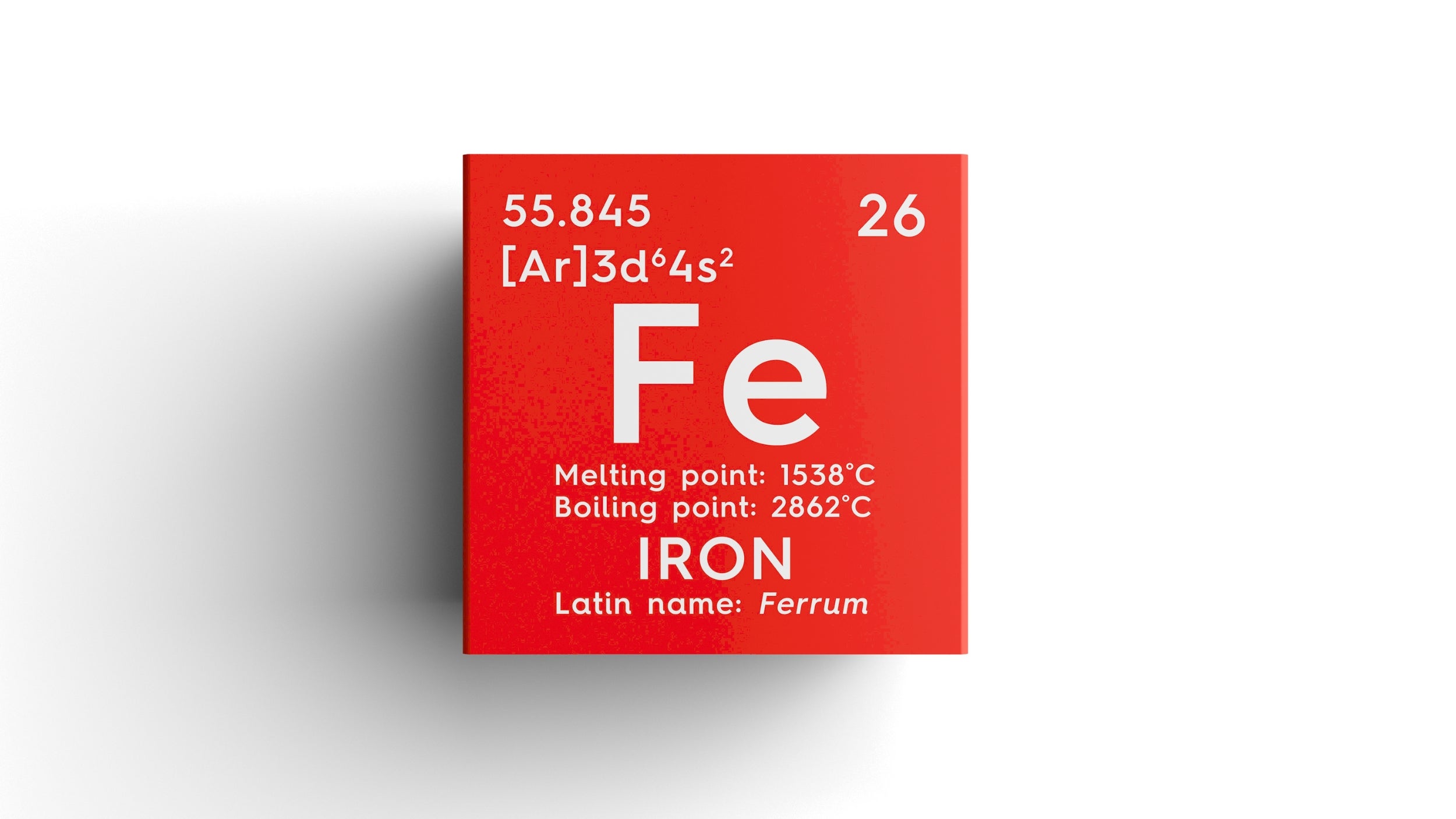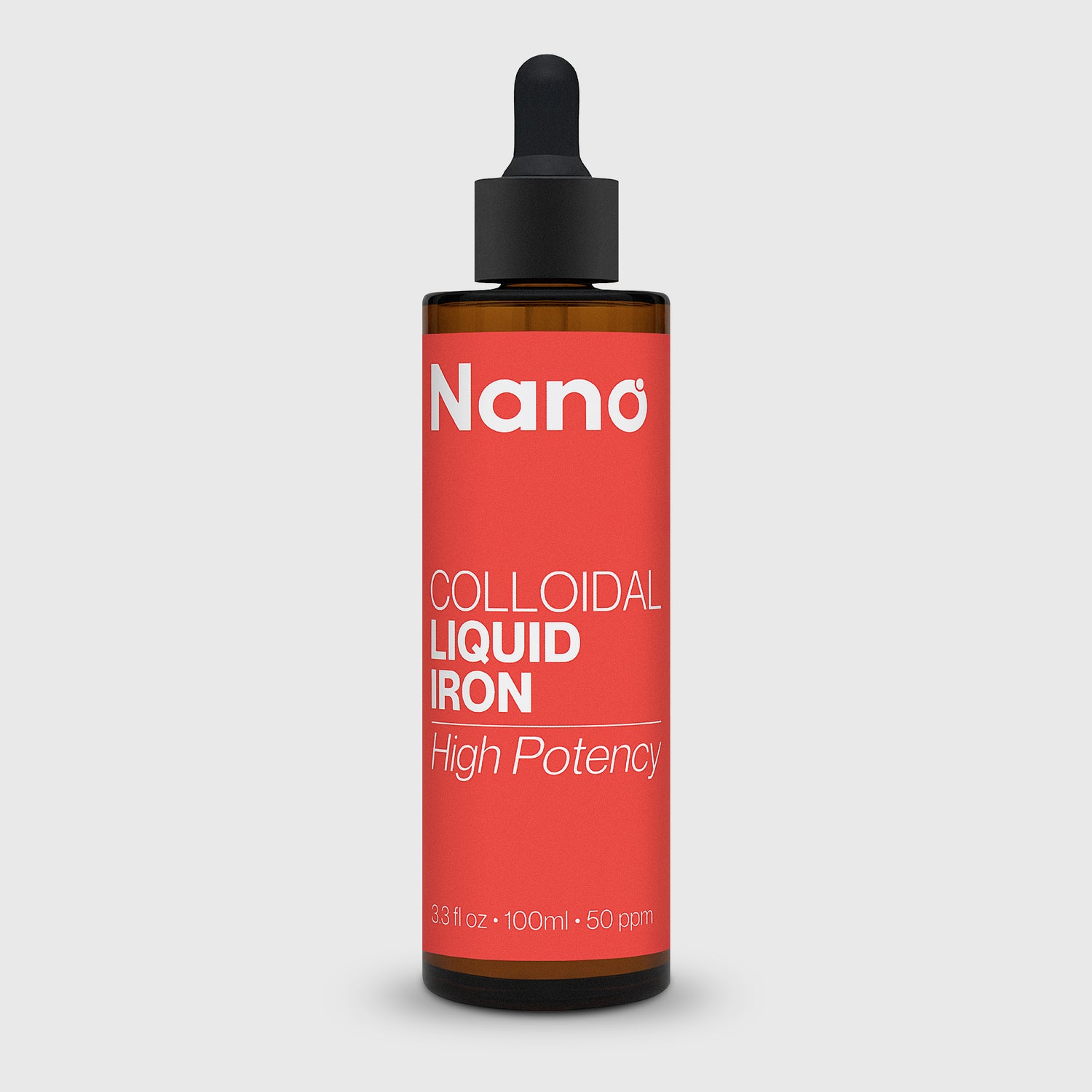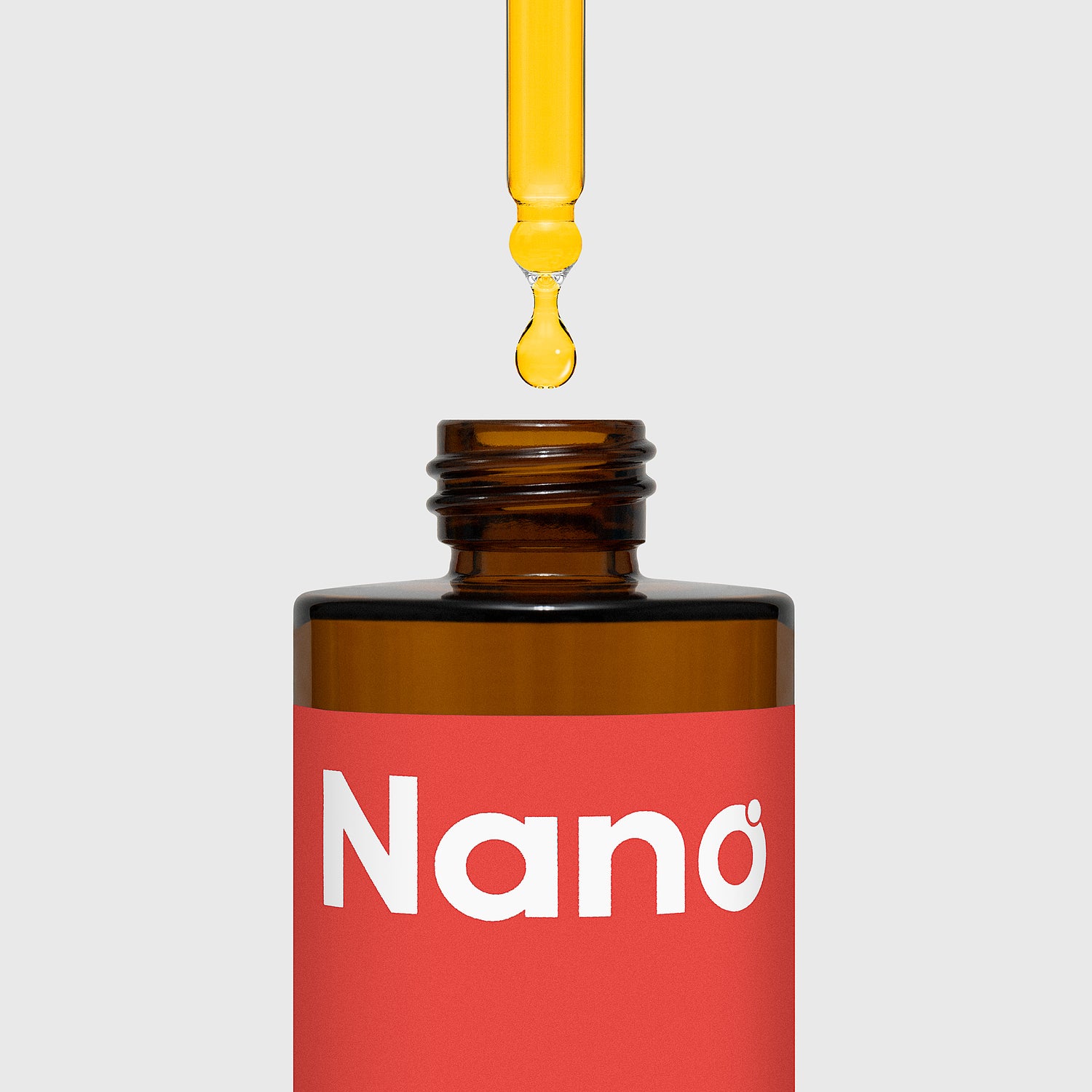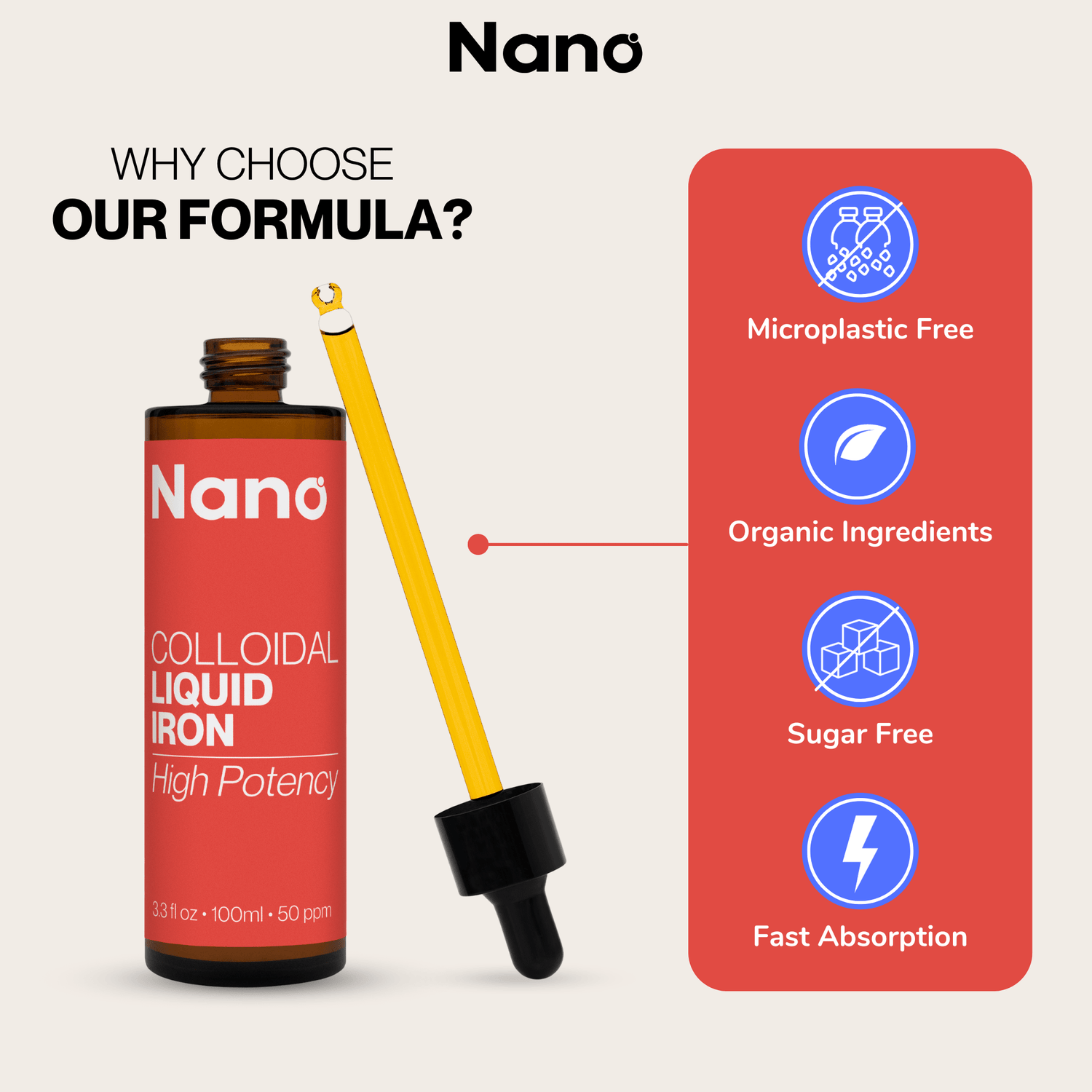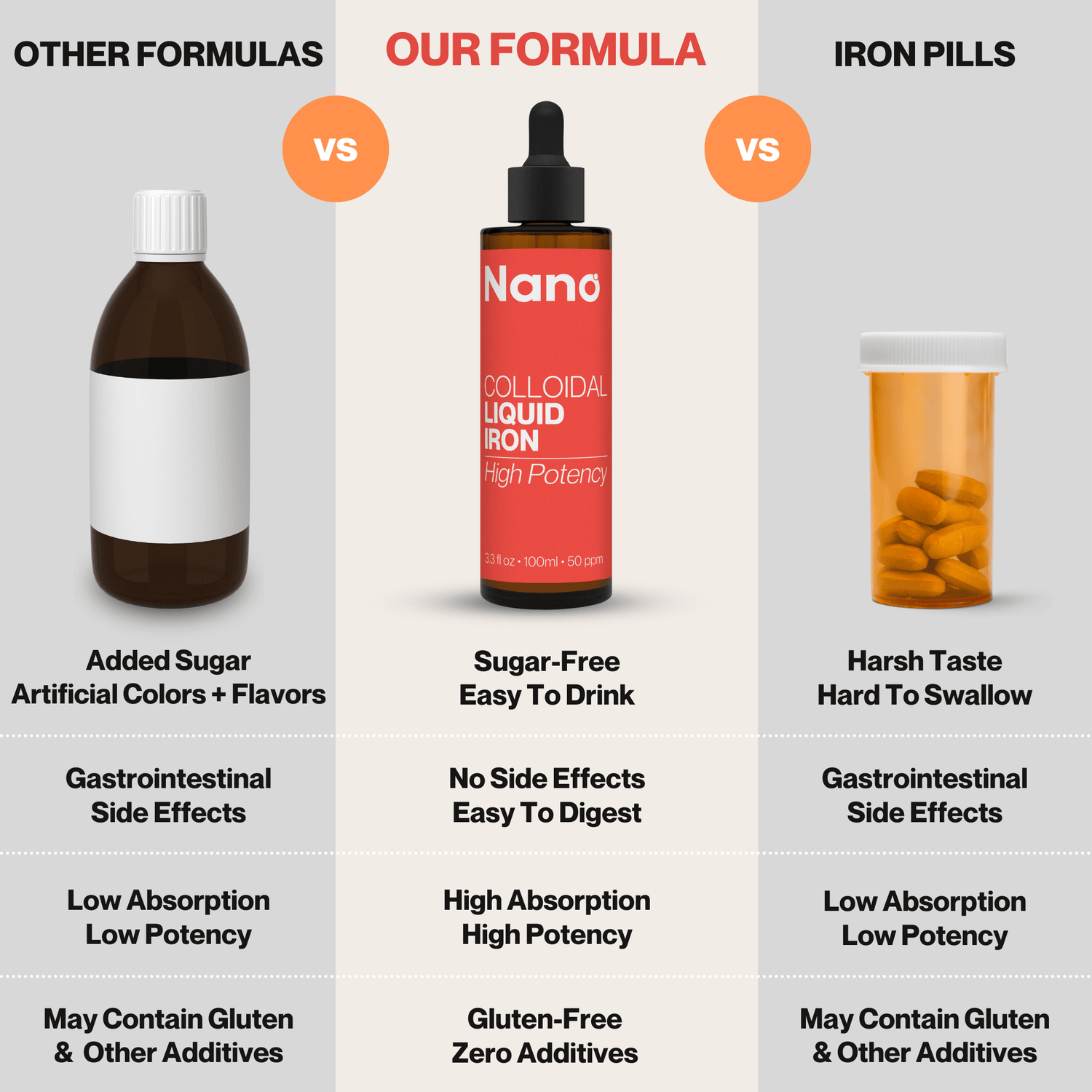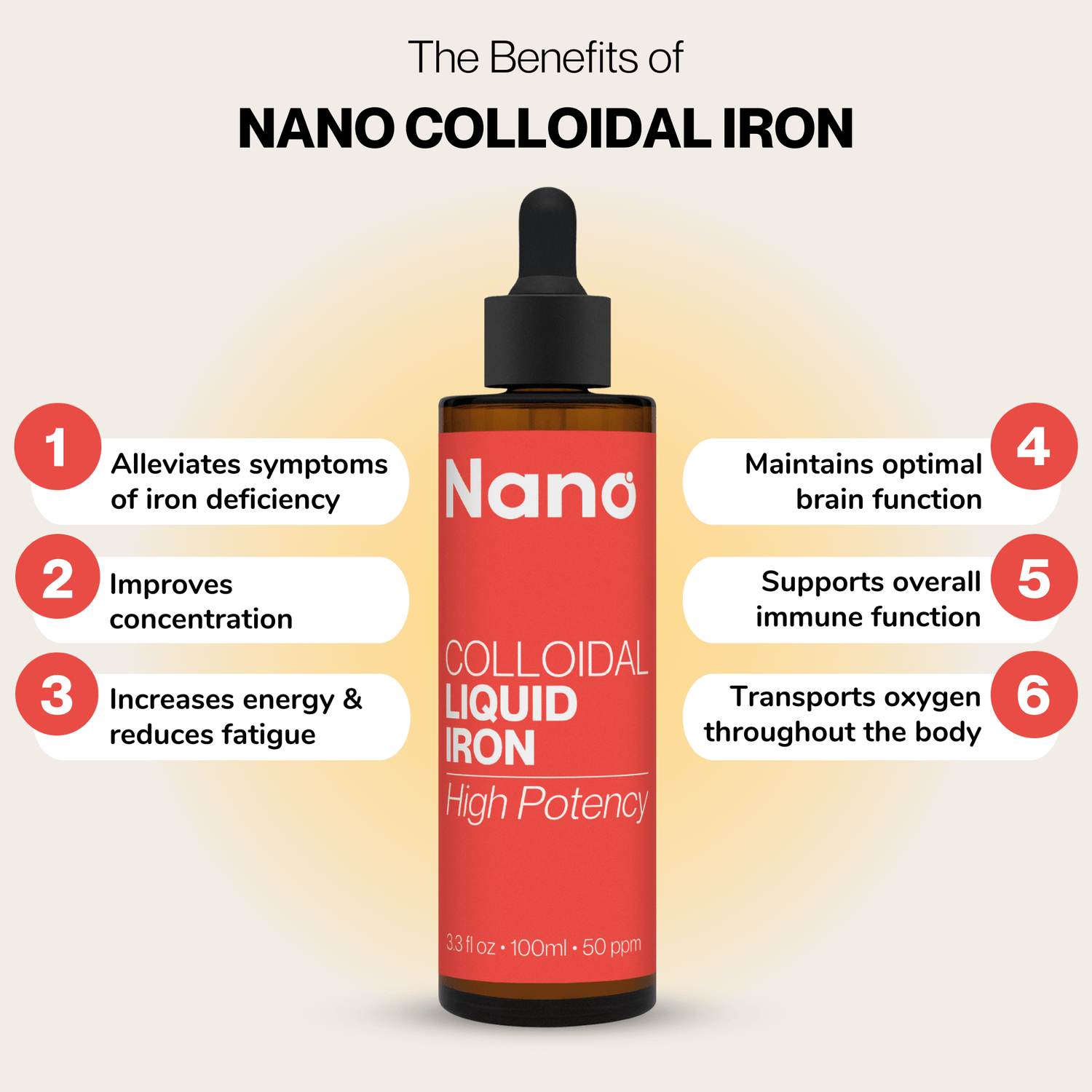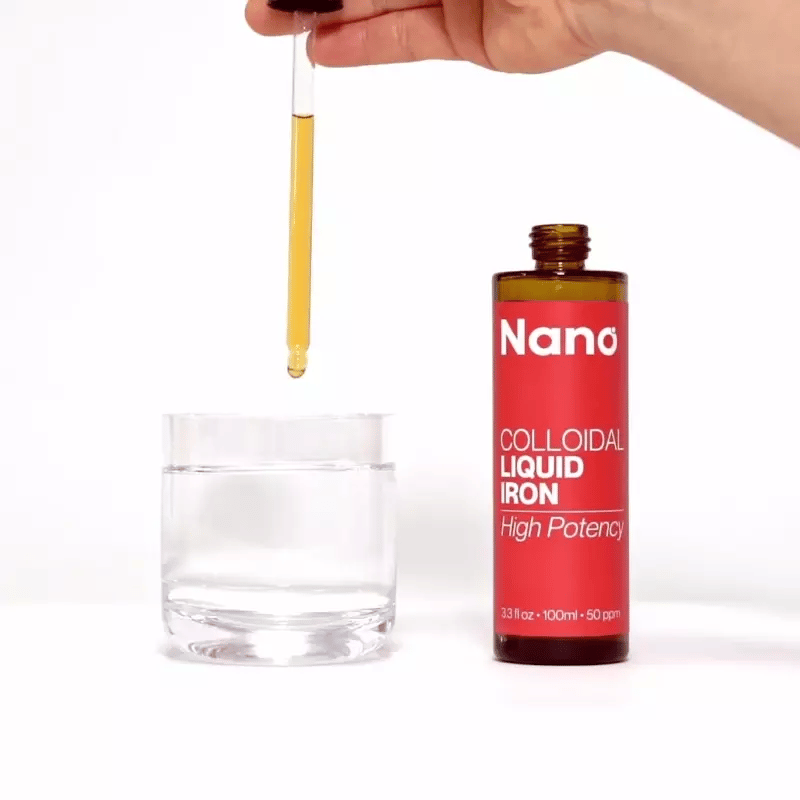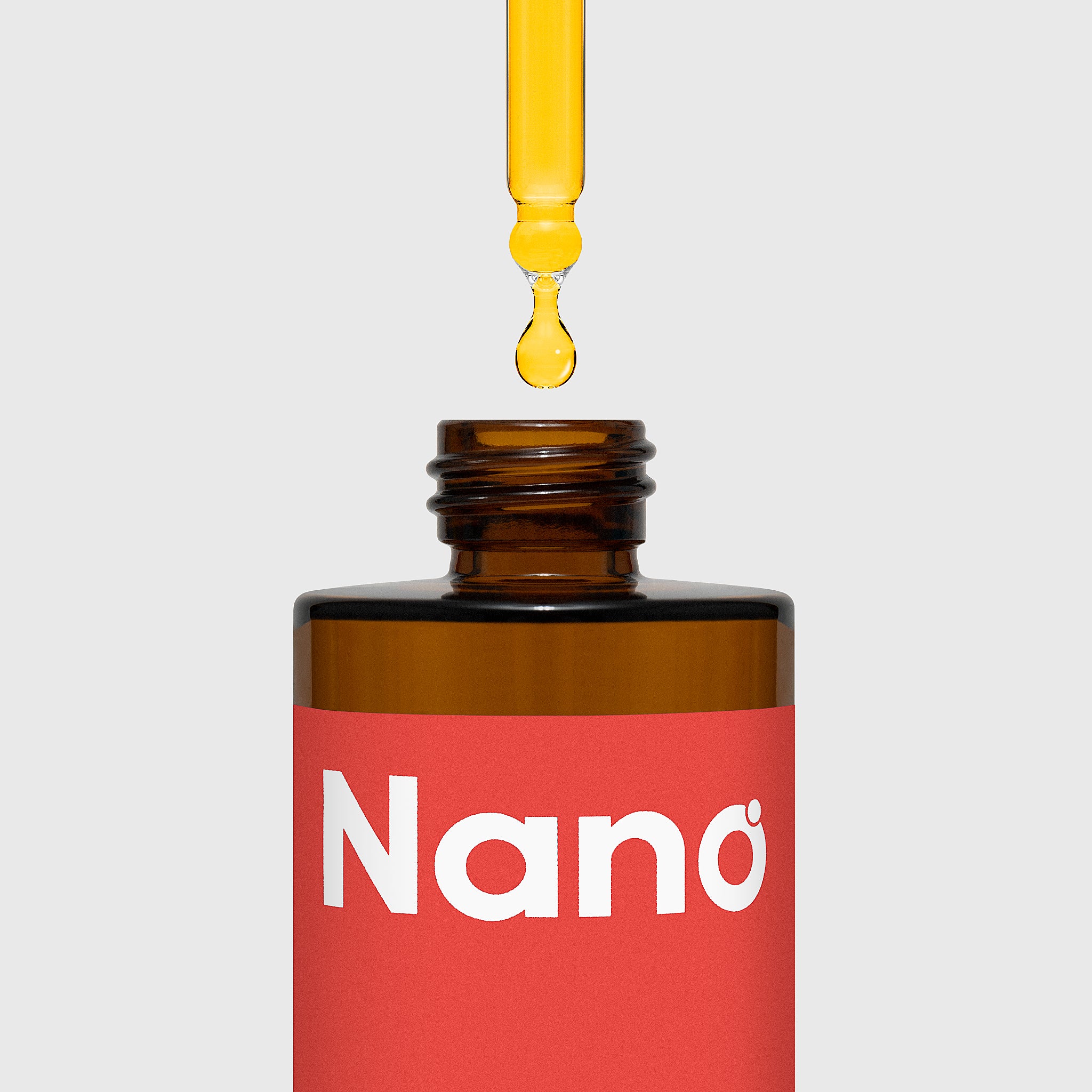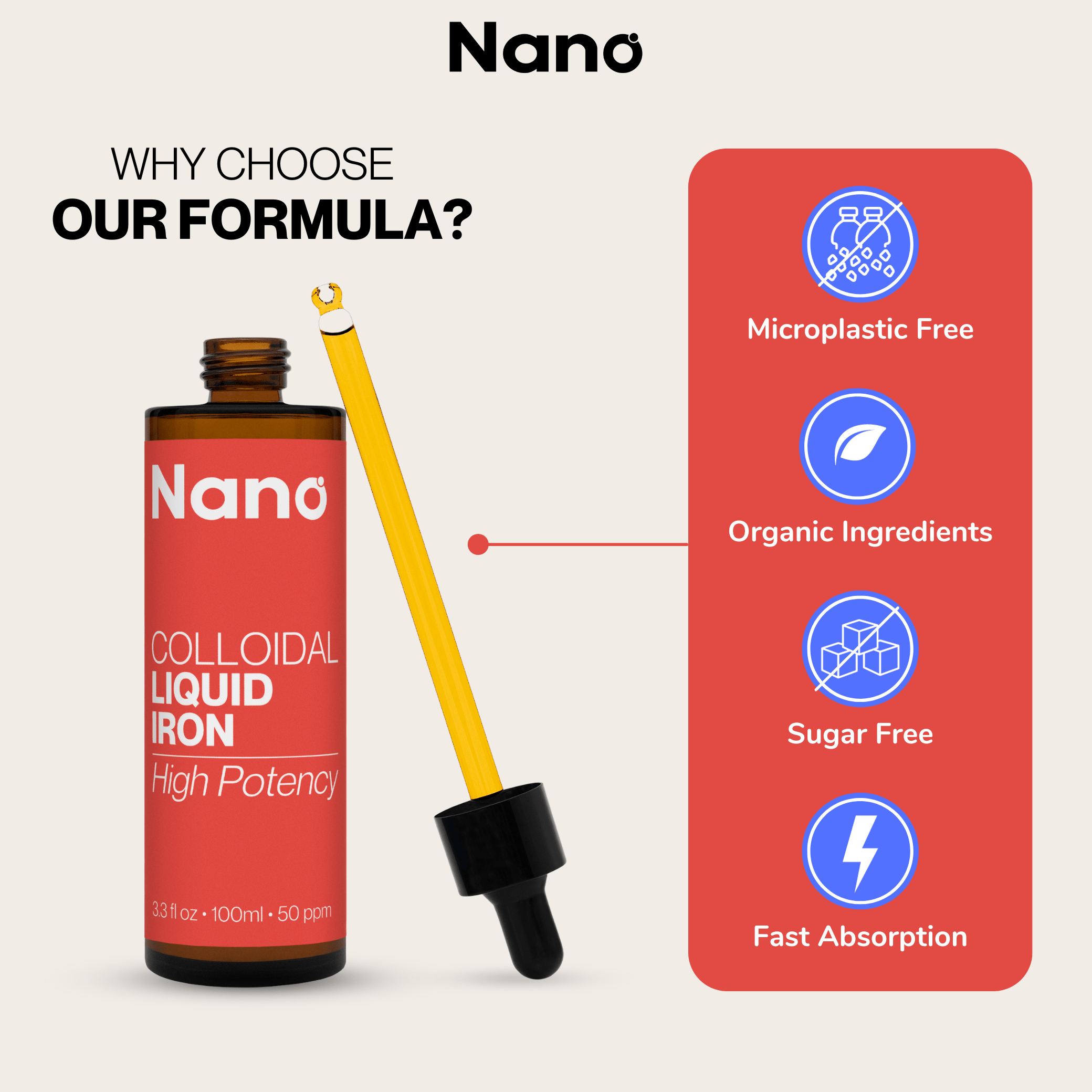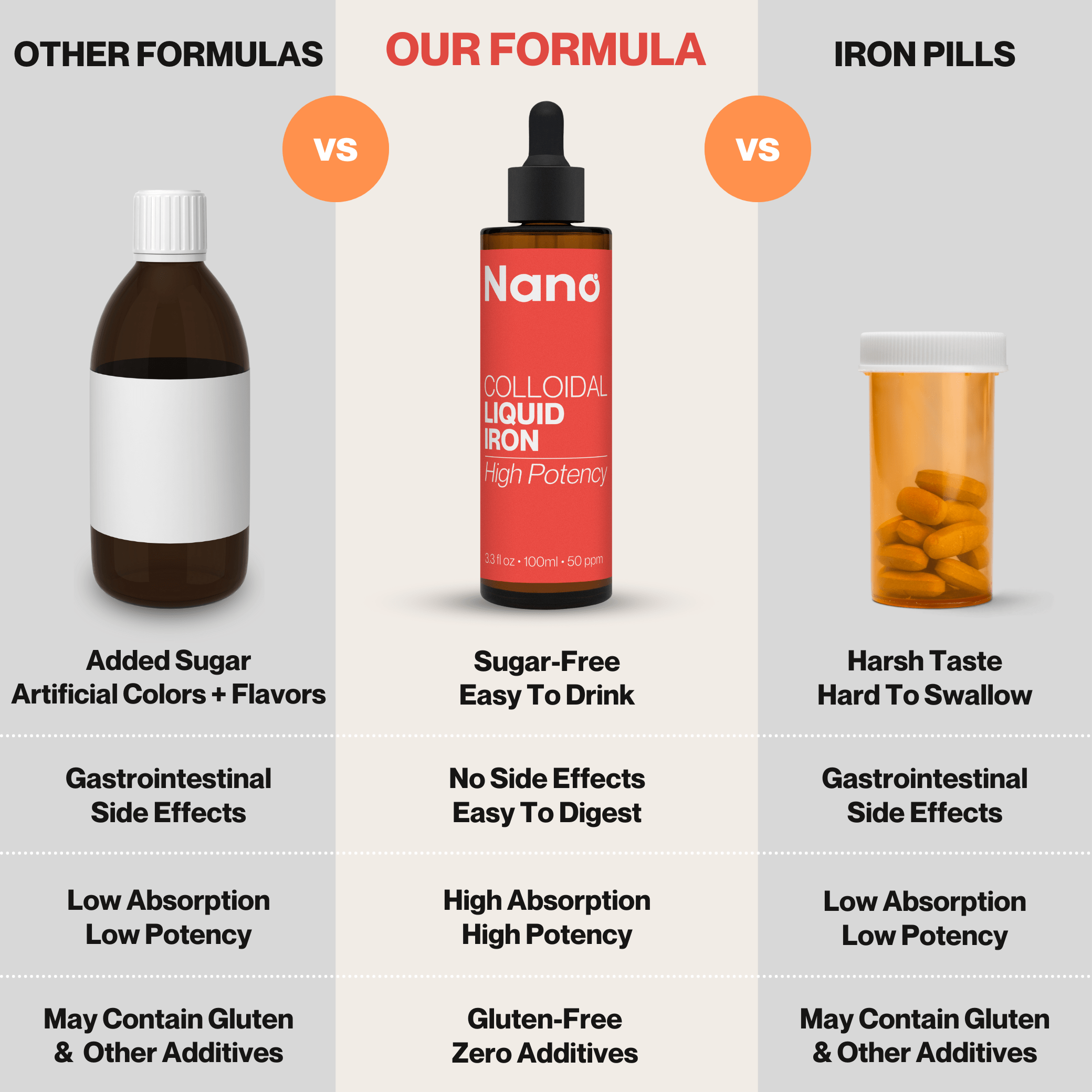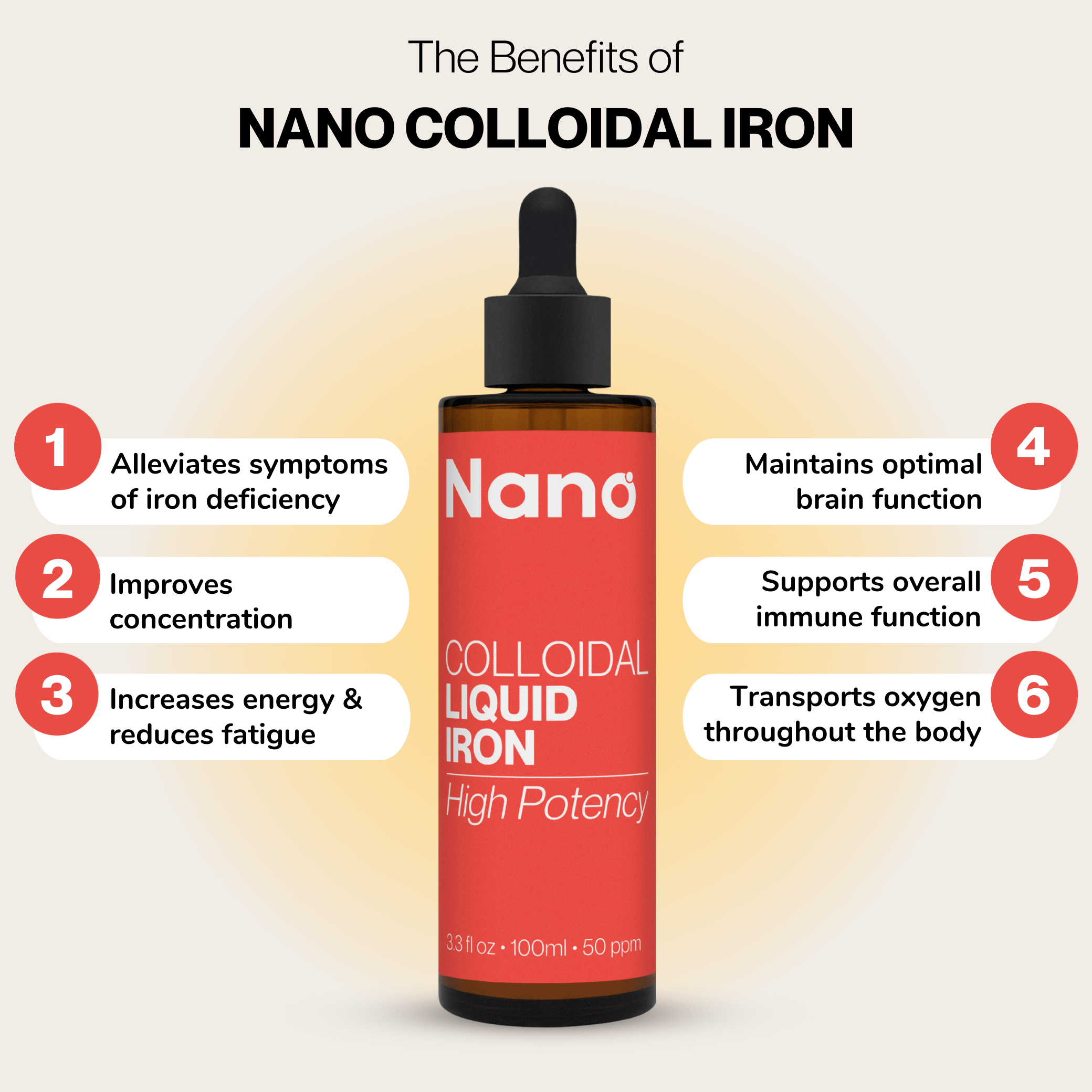Iron, a vital mineral essential for oxygen transport, red blood cell production, and various cellular processes, plays a crucial role in maintaining human health. While oral iron supplements are widely used to address deficiencies, they often come with drawbacks such as gastrointestinal side effects and limited absorption. This has led to growing interest in alternative iron delivery methods, particularly colloidal iron.
Understanding Colloidal Iron
Colloidal iron refers to microscopic particles of iron suspended in a liquid medium. These tiny particles, ranging from 1 to 100 nanometers in diameter, are coated with a stabilizing agent that prevents aggregation and ensures their stability in solution. This unique formulation offers several advantages:
- Enhanced bioavailability: Colloidal iron particles are smaller and more readily absorbed by the intestinal lining. The iron nanoparticles can bypass the digestive system, leading to higher absorption rates compared to oral supplements [1]. This is especially beneficial for individuals with compromised gut health or those who experience gastrointestinal side effects with oral iron.
- Reduced side effects: By avoiding the digestive system, colloidal iron bypasses the potential for gastrointestinal issues like nausea, constipation, and diarrhea. This can be particularly helpful for patients with existing digestive disorders or those who are sensitive to oral iron. The smaller particle size and coating of colloidal iron also minimize gastrointestinal irritation, improving patient tolerance and adherence to iron supplementation [2].
- Targeted Delivery: Some forms of colloidal iron are formulated for specific applications, such as iron dextran, which is used for intravenous iron therapy in patients with severe iron deficiency. This targeted approach allows for precise delivery of iron to the bloodstream, bypassing absorption limitations [3].
Medical Applications of Colloidal Iron
The therapeutic applications of colloidal iron primarily focus on treating iron deficiency anemia, a condition characterized by a lack of iron in the body. This leads to fatigue, weakness, and other symptoms. Colloidal iron has proven effective in treating various forms of anemia, including:
- Iron deficiency anemia: Colloidal iron is a mainstay of therapy for iron deficiency anemia, particularly in patients with poor tolerance to oral iron supplements [3].
- Iron deficiency anemia in chronic kidney disease: Patients with chronic kidney disease often develop anemia due to poor iron absorption and reduced erythropoietin production. Colloidal iron offers a safe and effective treatment option for this population [4].
- Iron deficiency in inflammatory bowel disease (IBD): Inflammation in the gut can significantly hinder iron absorption. Colloidal iron provides a reliable way to replenish iron stores in patients with inflammatory bowel disease [5].
Research and Evidence
Several clinical studies support the efficacy and safety of colloidal iron. For example, a study published in the Journal of Family Medicine and Primary Care compared colloidal iron dextran with oral ferrous sulfate for iron deficiency treatment. The results demonstrated significantly higher hemoglobin levels and better tolerability with colloidal iron [6].
Another randomized controlled trial published in Global Pediatric Health investigated the use of intravenous colloidal iron sucrose for iron deficiency in pediatric patients with inflammatory bowel disease. Findings showed significant improvement in iron parameters and reduced side effects compared to oral iron [7].
Conclusion
Colloidal iron offers a promising alternative to traditional oral iron supplements. Its improved absorption, reduced side effects, and potential applications beyond anemia treatment make it a valuable tool for healthcare professionals seeking to optimize iron delivery and address various health conditions. However, further research is needed to explore its full potential and optimize its use in various clinical settings.
References
- Cançado, R., & Muñoz, M. (2011) Intravenous iron therapy: how far have we come?. Rev Bras Hematol Hemoter. 33(6):461-9
- Muñoz, M., Gómez-Ramírez, S., & García-Erce, J. (2009) Intravenous iron in inflammatory bowel disease. World J Gastroenterol. 15(37): 4666–4674.
- Barton, J., Barton, E., Bertoli, L., Gothard, C., & Sherrer, J. (2000) Intravenous iron dextran therapy in patients with iron deficiency and normal renal function who failed to respond to or did not tolerate oral iron supplementation. The American Journal of Medicine, Volume 109, Issue 1, Pages 27-32
- HörI, W. (2007) Iron therapy for renal anemia: how much needed, how much harmful?. Pediatr Nephrol. 22(4): 480–489.
- Muñoz, M., Gómez-Ramírez, S., & García-Erce, J. (2009) Intravenous iron in inflammatory bowel disease. World Journal Gastroenterol. 15(37): 4666–4674.
- Das, S., Devi, A., Mohanta, B., Choudhury, A., Swain, A., & Thatoi, P. (2020) Oral versus intravenous iron therapy in iron deficiency anemia: An observational study. Journal of Family Medicine and Primary Care. 9(7): 3619–3622.
- Sabe, R., Vatsayan, A., & Sferra, T. (2019) Safety and Efficacy of Intravenous Iron Sucrose for Iron-Deficiency Anemia in Children and Adolescents With Inflammatory Bowel Disease. Global Pediatric Health.


